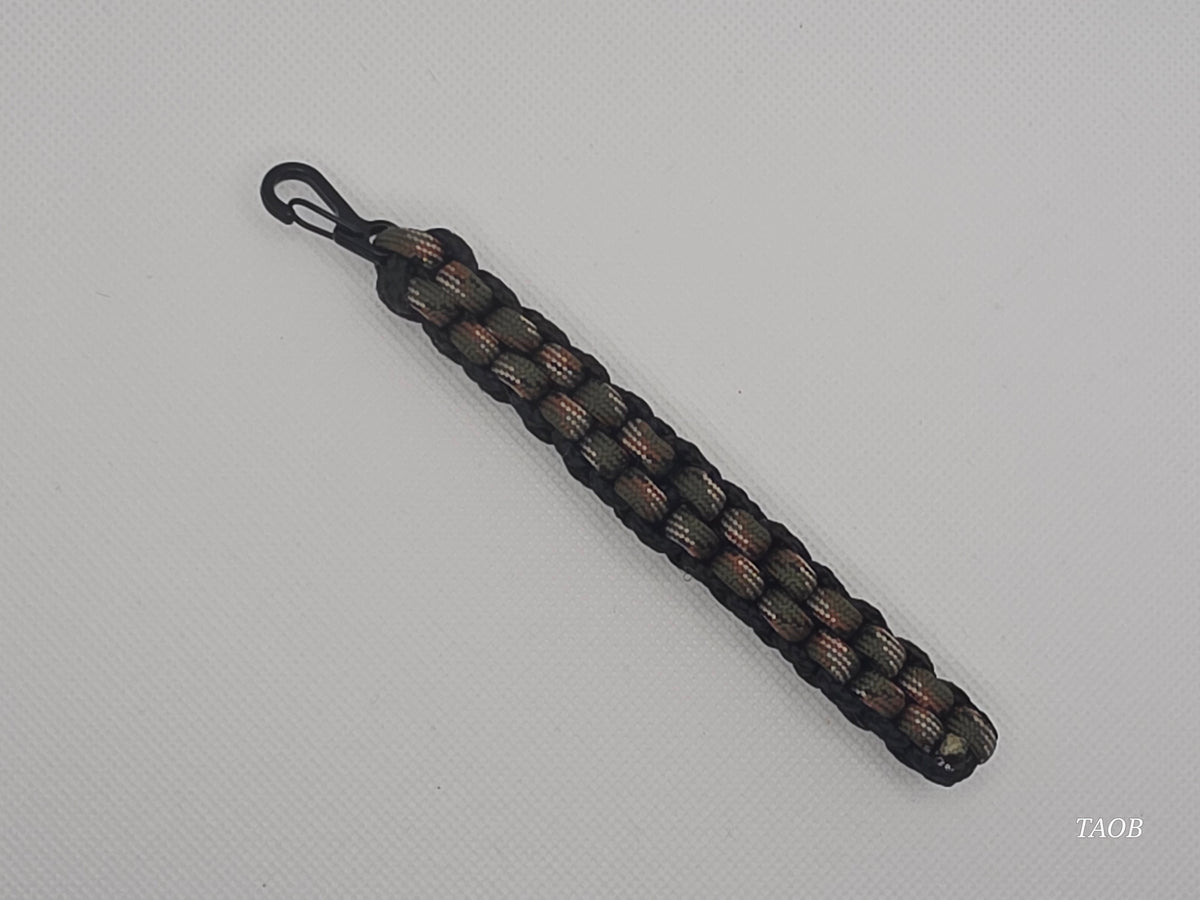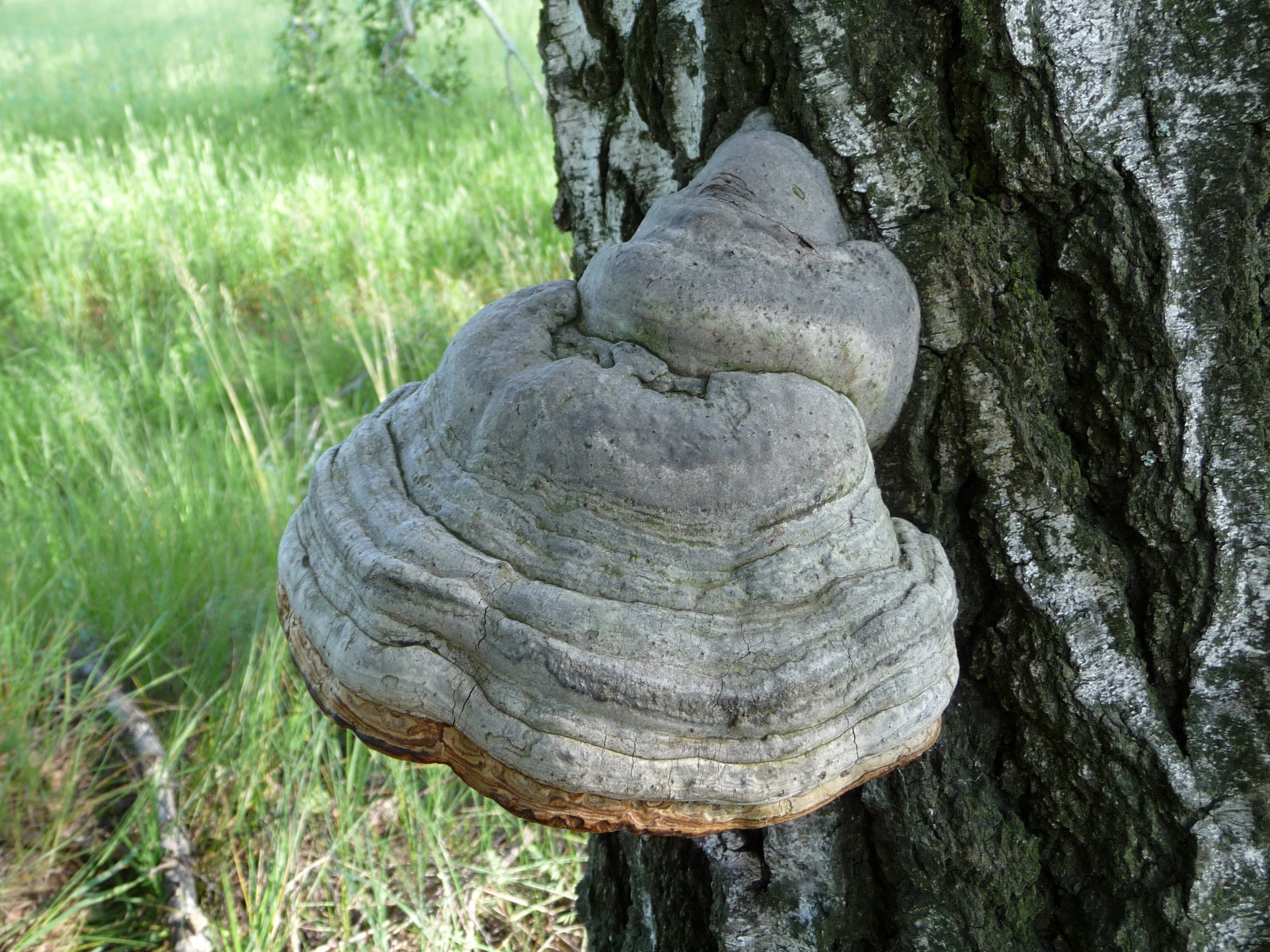I always get called to go to parties, im a Fungi to be with! (Sorry)

When it comes to survival in the wild, having the right knowledge can mean the difference between comfort and crisis. One underrated yet incredibly valuable natural resource is Tinder Fungus — also known by its scientific name, Fomes fomentarius. Found clinging to the trunks of dead or dying hardwood trees, this unassuming bracket fungus has been a trusted ally to woodsmen, bushcrafters, and indigenous cultures for thousands of years.
What is Tinder Fungus?
Tinder Fungus is a polypore, a type of shelf or bracket fungus that typically grows on trees. Its scientific classification is as follows:
Kingdom: Fungi
Division: Basidiomycota
Class: Agaricomycetes
Order: Polyporales
Family: Polyporaceae
Genus: Fomes
Species: F. fomentarius
Commonly found across Europe, Asia, and North America, Tinder Fungus prefers birch, beech, maple, and oak trees, although it most famously grows on birch. It appears as a hard, hoof-shaped structure, usually gray to brown on the outside, with a woody or corky texture. If you cut it open, you’ll notice three distinct layers:
- Outer crust – hard and protective.
- Tube layer – a dense section full of pores (reproductive structures).
- Amadou layer – a soft, felt-like inner layer, which is the most prized part for survival uses.
Ancient Use and Cultural Significance
The use of Tinder Fungus isn’t a modern survival hack — it's ancient. Ötzi the Iceman, a 5,300-year-old mummy discovered in the Alps, was found carrying pieces of Fomes fomentarius, presumably for fire-starting and medicinal purposes. The fungus was also used in traditional medicine to staunch bleeding and to treat infections due to its antibacterial properties.
In Eastern Europe and parts of Asia, the processed amadou (the soft inner layer) was used to make items like hats, pouches, and even clothing accessories due to its felt-like texture.
Survival Benefits
In a survival setting, Tinder Fungus proves its worth in several vital areas:
Fire Starting
The most famous use of Tinder Fungus is as a natural fire starter. The amadou layer, when properly processed, catches and holds a spark with remarkable effectiveness. It’s especially effective with flint and steel or a ferro rod, making it an essential component in any bushcrafter’s tinderbox.
To prepare it for this purpose, the amadou can be:
- Dried and fluffed to create a fine, spark-catching nest.
- Boiled in a solution of water and wood ash or sodium carbonate (traditionally urine was used) to enhance its flammability and pliability.
- Then pounded flat and dried to produce a fire-ready, char-cloth-like tinder.
It smoulders slowly rather than bursting into flame, giving you precious time to transfer the ember into a tinder bundle and blow it into flame — even in damp conditions.
2. Char Substitute
Tinder Fungus can be charred just like cloth to produce a charred tinder that is extremely spark-sensitive. This is useful when your char cloth runs out or you're working with primitive ignition methods.
3. Ember Carriage
Because F. fomentarius smoulders so slowly, it can be used to carry an ember for hours, allowing nomadic or travelling individuals to move with fire. In traditional societies, this meant fire didn’t need to be started from scratch at each stop — a true lifesaver in harsh environments.
4. Medicinal Uses
Though not widely consumed due to its tough texture and bitter compounds, Tinder Fungus does have mild antimicrobial and styptic properties. Some bushcrafters use it to help treat small cuts or abrasions in the field by applying the dry, clean inner layer as a makeshift plaster.
5. Crafting Material
Beyond fire-making, the amadou has been used historically to make:
- Fishing line floats
- Textiles or felt-like fabrics
- Knife strops (when hardened and used with polishing compound)
Its durability and lightweight nature make it suitable for a variety of bushcraft applications.
Ethical and Legal Considerations
It’s always essential to forage responsibly. While Fomes fomentarius is not currently endangered, overharvesting in some regions has led to local depletion. Only take what you need, and avoid collecting from living trees unless it’s already dying or the fungus is mature and abundant.
Also, some areas (like protected woodlands) may prohibit fungal foraging — always check local regulations before harvesting.
Final Thoughts
In the world of wilderness survival, the best tools are the ones that nature provides freely — and Tinder Fungus is a prime example. With its ancient lineage, proven utility, and unique fire-carrying properties, it deserves a place in every survivalist's knowledge bank. Whether you're lighting your first fire with flint and steel or just exploring bushcraft, learning to identify and use Fomes fomentarius could be the spark that ignites your journey into self-reliance.





0 comments